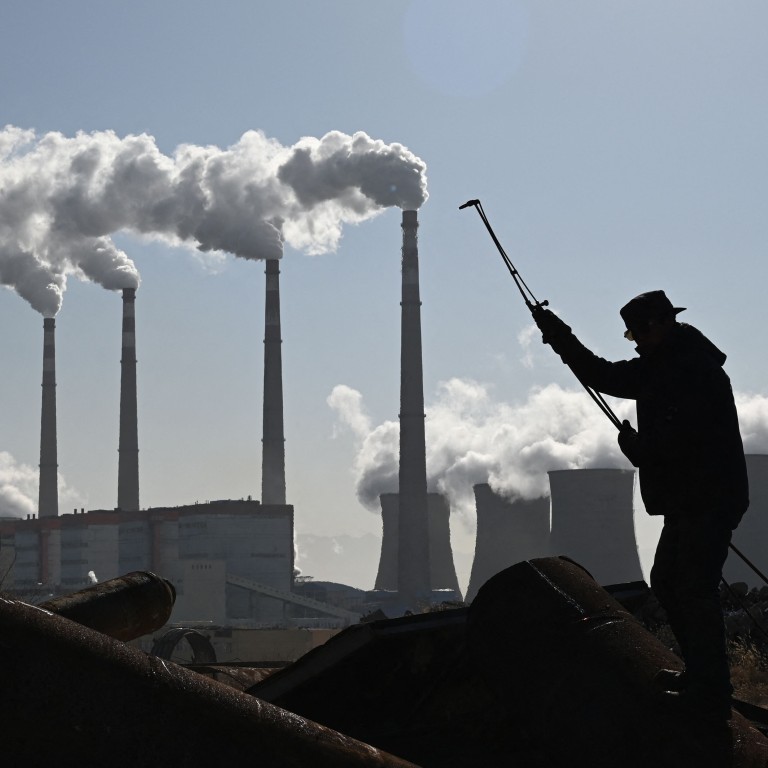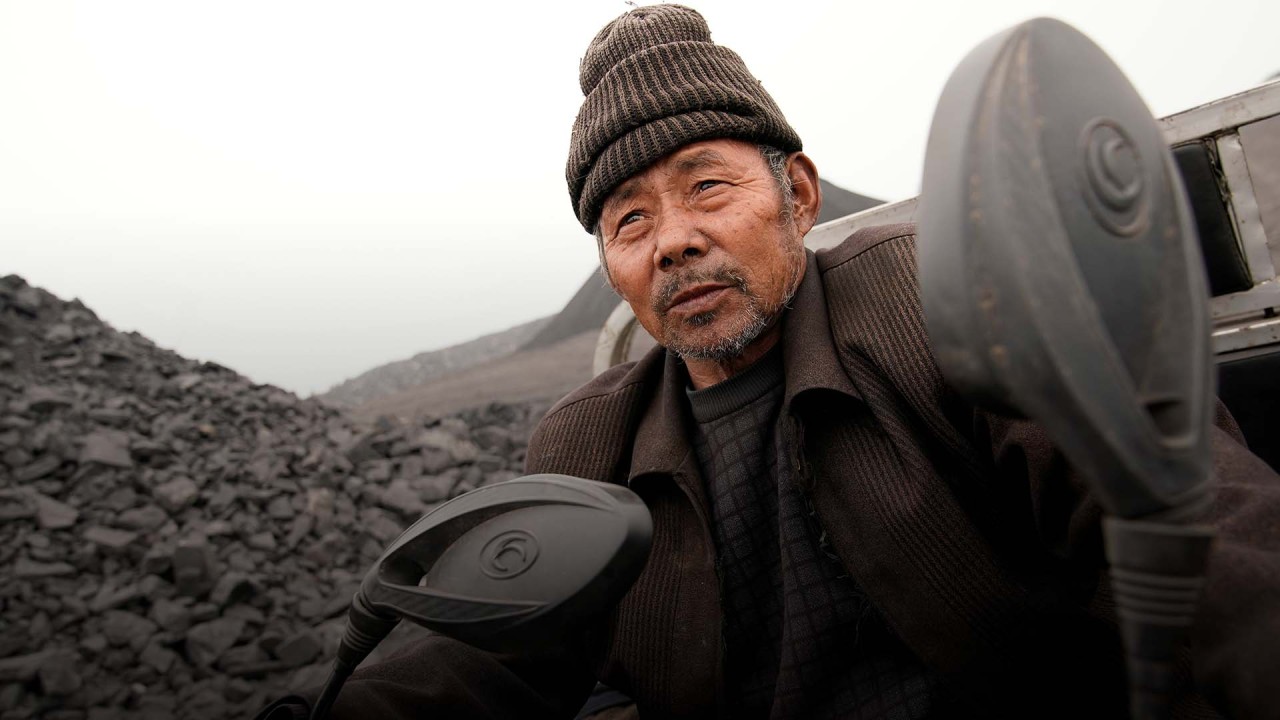
China’s clean coal financing tool balances energy needs with emissions reduction, analysts say
- China’s cabinet said that it will set up a special relending facility worth US$31.4 billion to support the clean and efficient use of coal
- China plans to cap the use of coal by 2025 as part of its goal to become carbon neutral by 2060
China’s latest financing initiative for clean coal technology will help the country meet its energy needs while at the same time reduce the carbon intensity of its heavy industries and meet its goal of capping coal consumption by 2025, analysts said. But some argued that it could instead prolong the use of the fossil fuel and keep the industry alive in the mainland.
China’s cabinet, the State Council, announced on Wednesday that it will establish a special relending facility worth 200 billion yuan (US$31.4 billion) to support the clean and efficient use of coal, including advanced pre-treatment of coal, and developing a coalbed-methane value chain.
“The background is clear that China cannot abandon coal, but at the same time has to reduce carbon emissions to achieve its decarbonisation goals,” said Lin Boqiang, dean of Xiamen University’s China Institute for Studies in Energy Policy. “So supporting clean coal projects to mitigate coal-related carbon emissions is one way to go.”
Lorenzo Sani, associate power analyst at Carbon Tracker Initiative, said that the State Council has yet to clarify whether funding applies to carbon capture and sequestration projects or to further subsidise unabated coal generation.
Although China’s coal production growth is slowing gradually, production remains high, according to Jessie Tung, vice-president and senior credit officer at Moody’s Investors Service.
She said the new lending facility could help upgrade and reduce emissions in the coal and related industries as the country’s reliance on coal is still transitioning to its lower targeted levels.

03:21
Old mining towns in China left behind despite coal-price boom
Jacqueline Tao, analyst at climate data provider TransitionZero, said that investment in advanced coal mining techniques, particularly coalbed methane, a type of unconventional natural gas, may offer abatement benefits as coal power plants are replaced with less carbon emitting gas-fired power plants.
While clean coal technologies could partly reduce pollution emissions and carbon dioxide emissions, they will not tackle the core issue, according to climate analysts.
“This policy looks to be a stopgap measure to make coal cleaner and more palatable in the medium term, while China’s massive industrial complex works to reverse course on its emissions trajectory,” said Tao at TransitionZero.

03:37
Iceland power plant stops greenhouse gas by turning carbon dioxide into rock
Lauri Myllyvirta, lead analyst at Centre for Research on Energy and Clean Air, said the initiative implies that Beijing still plans to allow new coal power plants and new coal-based steelmaking capacity to be built, which could complicate China’s energy transition.
“China needs to get out of coal, and the world needs China to do this as soon as possible,” said Bill Hare, CEO of Climate Analytics, a Germany-based non-government organisation. “Cleaning up old coal plants doesn’t cut it.”

